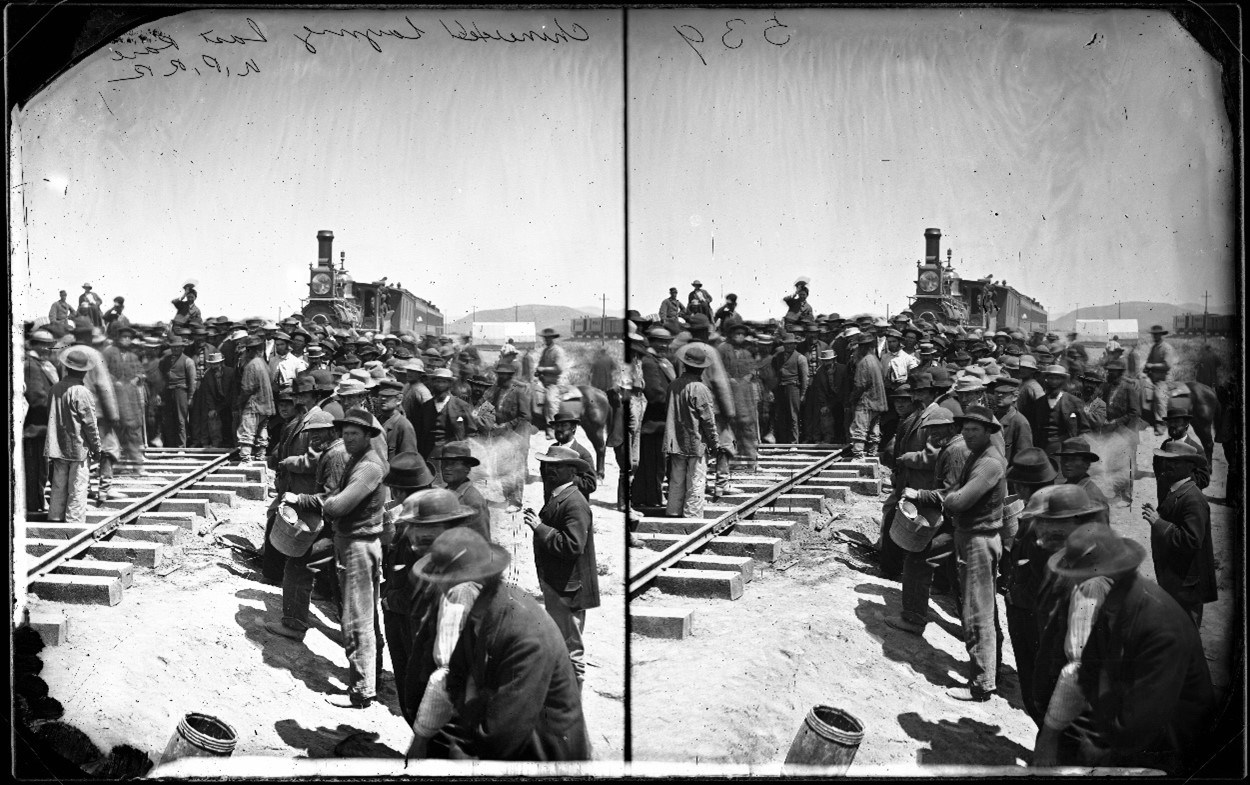Golden Spike National Historical Park

In the arid region between the Sierra Nevada and Rocky Mountains, Golden Spike National Historical Park celebrates the completion of the first transcontinental railroad that united the east and west coast of the rapidly industrializing United States. Without the labor of over 12,000 Chinese immigrant laborers, this technological feat would not have been possible.
Their day-to-day experiences, however, are not remembered in their own voices. No personal writings, letters, or diaries authored by Chinese workers on the first transcontinental railroad have been found. Eyewitness accounts and visual images come from just a handful of primary sources—all by European American and European observers—and often reflect anti-Chinese sentiment of the time. Through archeological analyses of the artifacts and features these workers left behind, the story of their tenacity outlives the physical tracks themselves.
![]()